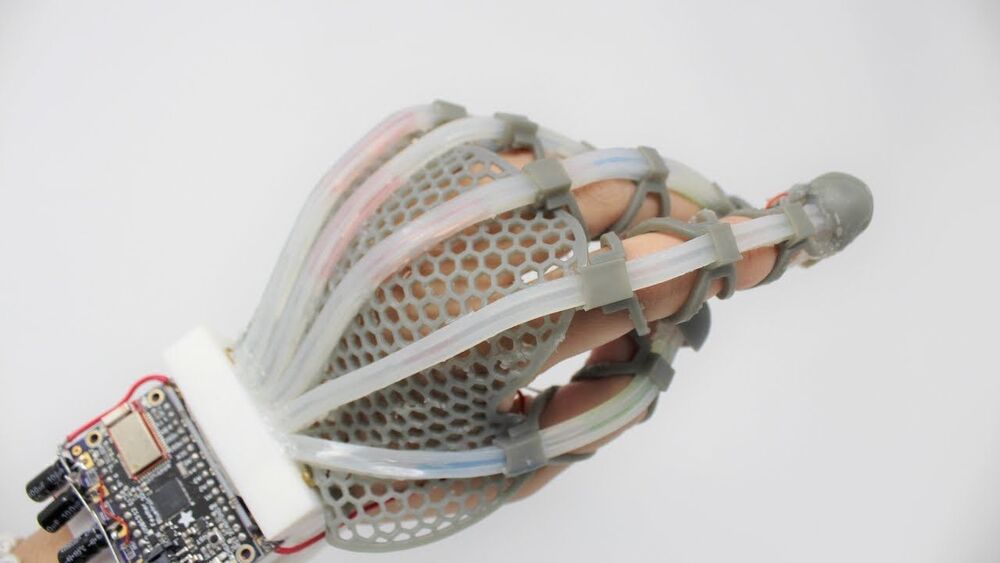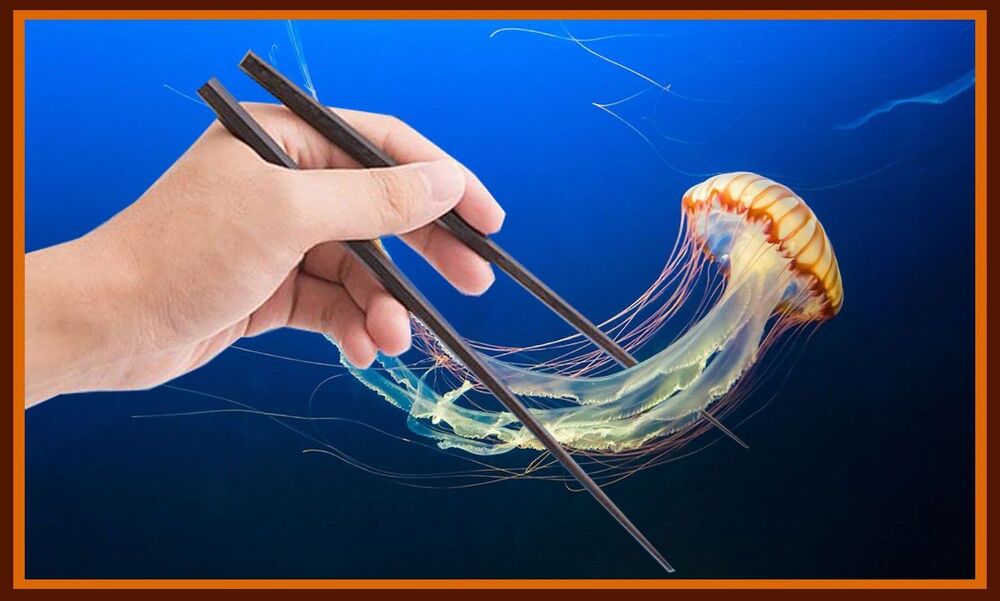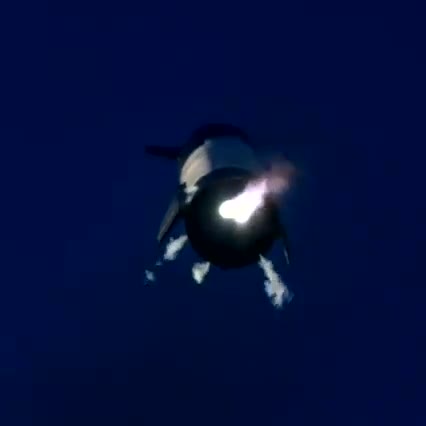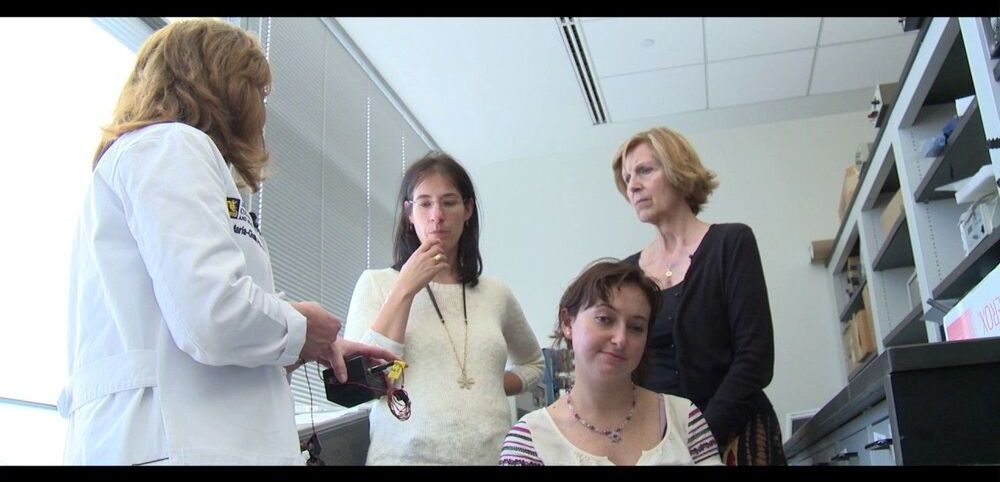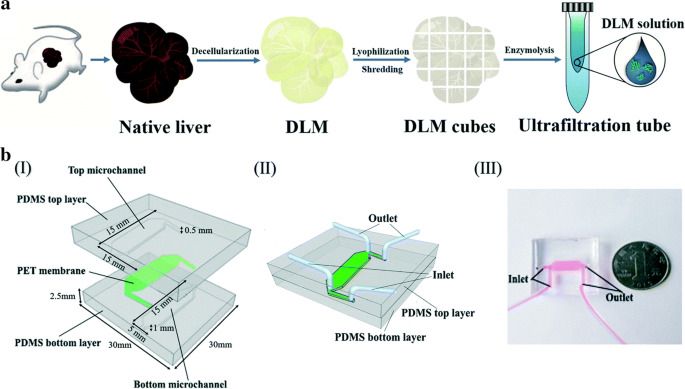Dec 11, 2020
WebConference on Space Safety — Space Renaissance Congress 2021 “Civilian Space Development”
Posted by Adriano Autino in categories: government, space
**2021 Space Renaissance [Webinar Series “SPACE SAFETY”](https://spacerenaissance.space/event/webconference-on-space-…elopment/)**
Sunday December 13th 16:00 UTC
Live streaming on [Facebook Space Renaissance Initiative Group](https://www.facebook.com/events/3842711565750385/)

